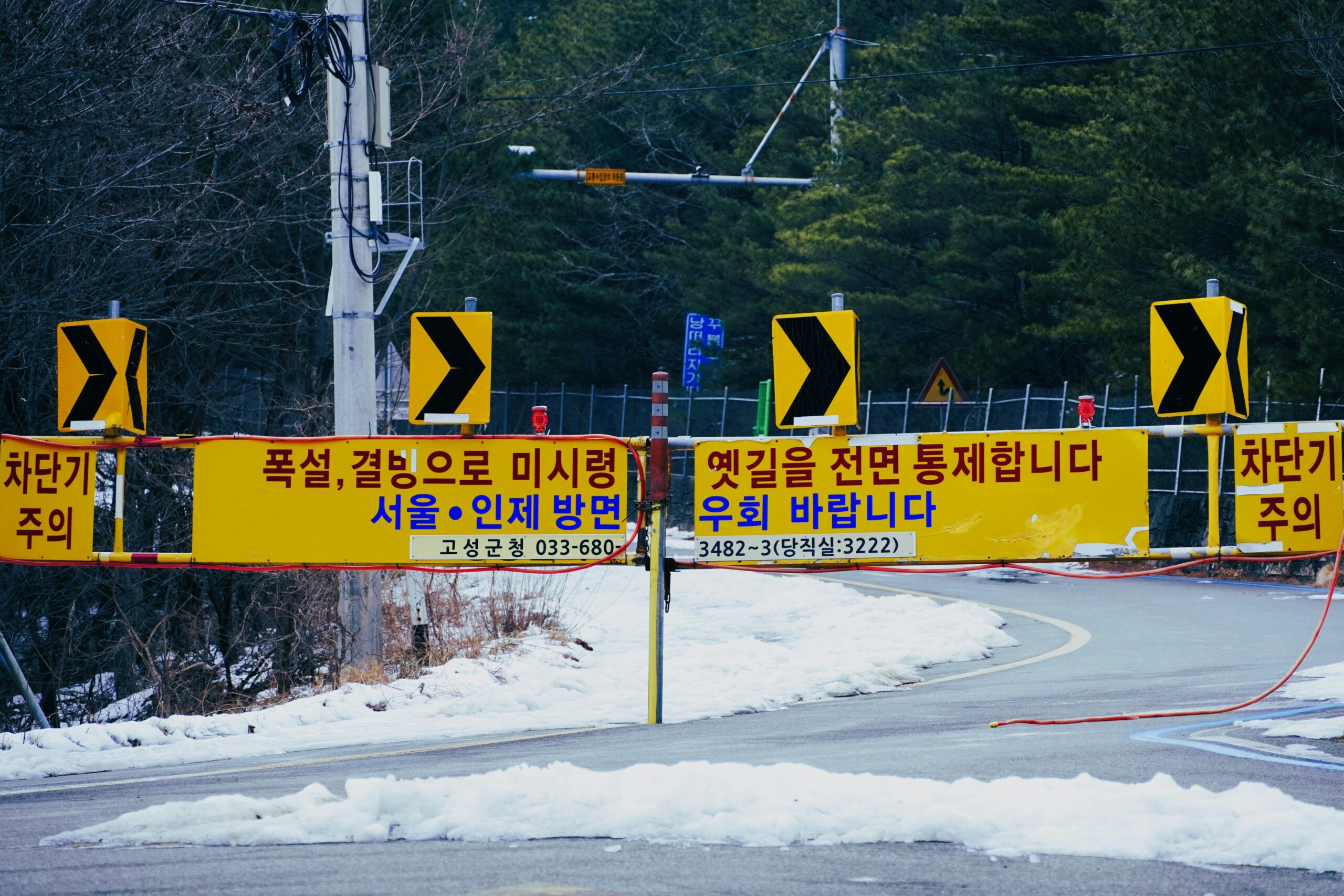
In a significant escalation of tensions on the Korean Peninsula, North Korean leader Kim Jong Un has announced plans to expedite the expansion of the nation’s nuclear capabilities. This move comes in direct response to the ongoing military exercises between the United States and South Korea, which Pyongyang perceives as a direct threat.
Key Facts
- Kim Jong Un criticized the US-South Korea military drills as an act of ‘hostile intent’.
- The North Korean leader visited a naval destroyer and highlighted the need for a rapid expansion of the nuclear arsenal.
- The Ulchi Freedom Shield drills, which commenced this week, involve large-scale maneuvers aimed at enhancing responses to North Korea’s growing nuclear threat.
- These annual exercises are set to run for 11 days, with certain activities postponed to September.
Background
The Ulchi Freedom Shield drills are a series of annual exercises conducted by South Korea and the United States. They are described by the participating nations as defensive measures designed to prepare for potential conflicts arising from the North’s nuclear ambitions. However, North Korea has consistently condemned these drills, viewing them as rehearsals for an invasion.
This year’s exercises have been adjusted in what South Korean officials say is a response to President Lee Jae Myung’s call to reduce tensions. Despite these adjustments, Pyongyang’s reaction has been sharply negative, with Kim’s rhetoric suggesting an unyielding stance on nuclear development.
What We Know
During his address on the naval destroyer, Kim Jong Un emphasized the inclusion of ‘nuclear elements’ in the US-South Korea drills as a justification for the accelerated nuclear build-up. This development is part of a broader pattern of North Korea using military exercises in the South as pretexts for advancing its own military capabilities.
According to the Federation of American Scientists, North Korea may have produced enough fissile material for up to 90 nuclear warheads, though the actual number assembled is likely closer to 50. This stockpiling of nuclear materials underscores the strategic challenges posed by Pyongyang to regional and global security.
Official Reactions
Responses from international leaders are forthcoming, with a meeting scheduled between US President Donald Trump and South Korean President Lee Jae Myung in Washington later this month. These talks are expected to focus heavily on North Korea’s nuclear ambitions and the regional security dynamics.
Analysts, including Hong Min from the Korea Institute for National Unification in Seoul, interpret North Korea’s latest moves as a clear refusal to denuclearize and an indication of their intent to further enhance their nuclear capabilities.
What’s Next
The international community continues to watch these developments closely, with potential implications for future diplomatic and economic sanctions against North Korea. The outcome of the upcoming US-South Korea discussions will likely play a critical role in shaping the international response to North Korea’s escalated nuclear ambitions.
As tensions continue to rise, the global community remains on alert for any further advancements in North Korea’s military and nuclear capabilities, which could significantly alter the security landscape in East Asia and beyond.